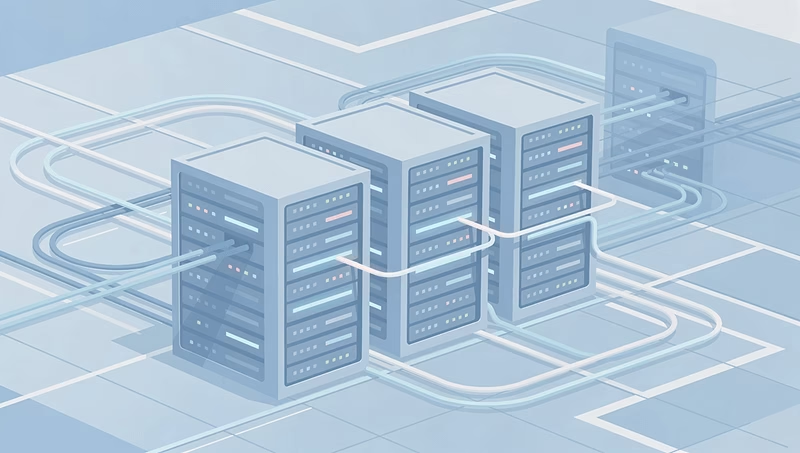What is Enterprise Data Management (EDM)?
Why is Enterprise Data Management Important for Business?
So, why is enterprise data management important? All future businesses will be using modern technologies like data science, artificial intelligence, machine learning, robotic process automation, etc. and data is the fuel that drives these technologies. Think of data like a crystal ball that lets you see into the past, know the present, and predict the future of your business. And though it works like magic, data analysis is proven science that is changing the way business decisions are made. One of the biggest industries in the world, banking, is always averse to integrating anything new without testing. But by 2025, the data analytics industry in banking alone will hit a value of $62.1 billion, showcasing that even an essential industry like banking trusts data. The market of Big Data analytics in banking could rise to $62.10 billion by 2025. – Soccer Nurds Enterprise data management is important because, according to Forbes, 80% of data today is unstructured, making analysis extremely difficult. Enterprise data management is the only way to make unstructured, unpolished data into structured, usable data. Key Components/Elements of Modern Enterprise Data Management The key components of enterprise data management will help you understand the whole concept because data management on an enterprise level is more complex. But by implementing enterprise data management at the early stage of your enterprise’s growth, you can ensure your enterprise data management strategy grows with your organization.
Here are the key components/elements of modern enterprise data management:
Extract, Transform & Load
Popularly known as ETL, Extract, Transform & Load is the process of extracting your data from a source that is not built of data analytics and moving that data to storage where analytics can be performed. This enterprise data management key element is important for data transmission from one source to a more analytics-friendly data warehouse.
Data Warehouses
Various types of data, historical and contemporary, come from multiple sources. This data is transferred from data silos and stored in a single location called data warehouses. A data warehouse could be an on-premise or a cloud-based server that can store vast amounts of data. Data warehouses are where data mining and processing are done. A data warehouse is another key component in enterprise data management as it is the central storage space, and many actions are performed in a data warehouse. Therefore, enterprises must choose the right type of data warehouse.
Master Data Management
The key element of enterprise data management, master data management (MDM), is the process where all of the business data is categorized, organized, centralized, and enriched because most of this data comes from scattered data silos. MDM ensures the overall quality of the data is improved, and the final product is used for decision-making. The reason why it is called master data is that the employees can use this data to ensure uniformity in the rest of the data, so the analytics process runs smoothly. MDM helps apply modeling rules and remove additional identical data. MDM is a combination of processes, tools, and software.
Data Integration
Data integration is a process-driven component of enterprise data management. Each employee should have access to clean, high-quality data that is consistent and stored in a singular location. That is exactly what data integration does. Making the data uniform gives value to the data and uses the tool to extract actionable business intelligence. There are many other benefits that data integration brings to enterprise data management, like the reduction in data and employee errors, better system collaboration, and saving precious time.
Data Governance
Without data governance, enterprises can never have successful MDM. Data governance is a set of processes, rules, and regulations that decide the flow of data in the organizational structure and the duties and responsibilities to be given to the employee. Data governance also accounts for the industry compliances and laws regarding data, and the interests of the users, customers, and stakeholders. Data governance is a document that is a governing constitution of an enterprise that ensures everyone in the organization understands their roles and responsibility, thus ensuring employees work responsibly and ethically, data privacy is maintained, and operational hierarchy and infrastructure is optimized. It is one of the most important enterprise data management components.










